In an effort to clear up misinformation about vaccines, The Boston Globe ran a special front-page section on August 18 that comprehensively debunked myths about vaccines and identified other barriers to vaccination in our community.
The Globe also published an editorial that addressed vaccine hesitancy in our communities and recommends the next steps to encourage vaccination.
NENPA worked with The Boston Globe on this coordinated effort to promote the initiative to combat Covid-19 vaccine hesitancy to newspapers around New England. We asked them to support the initiative by writing their own editorial on August 18 that addresses vaccine hesitancy for their community and The Globe made additional special section materials available to New England newspapers (content, charts, social media, etc.)
It’s not too late to participate! NENPA continues to support this effort and is encouraging newspapers in New England to run an editorial in the upcoming weeks.
Over 50 publications have already participated, many from New England, and the campaign was supported by media companies around the country too. We have linked to many of the editorials in New England, let us know if we missed yours at info@nenpa.com.
Participating Publications
Miami Herald
The Ellsworth American
Columbia Gorge News
The Gadsden County Times
Martha’s Vineyard Times
Express News Group
Pamplin Media Group
Grosse Pointe News
YourArlington.com
The Day, New London, CT
Chicago Sun-Times
North Shore News Group
TucsonSentinel.com
Examiner Media – website: theexaminernews.com
The White River Valley Herald
Essex Media Group (The Daily Item)
HolaDoctor.com
Providence Business News
The Valley Independent Sentinel
Journal-Courier, Jacksonville, Illinois
Annals of Family Medicine
The Lakeville Journal Company
National Alliance of Healthcare Purchaser Coalitions
Quartz
Moultrie News/Evening Post Publishing
Portland Press Herald, Kennebec Journal & Morning Sentinel
Bangor Daily News
New York Press Association
The (Toledo) Blade
Addison County Independent/Brandon Reporter
The Keene Sentinel
Voice Media Ventures
The Valley Breeze
Kentucky Health News
The Town Common
Newsroom Coaching & Consulting
The Moultrie Observer
manchesterinklink.com
Eagle Times
Mountain Times
El Planeta
The Maine Monitor
Idaho Education News
The Berkshire Eagle
The Courier-Gazette, The Camden Herald and The Republican Journal
El Mundo Boston
Vermont Standard
Boston Globe
Albuquerque Journal
The Atlanta Journal-Constitution
Boston Business Journal

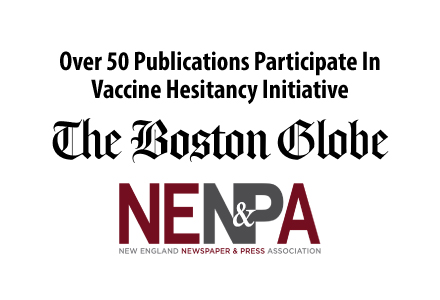
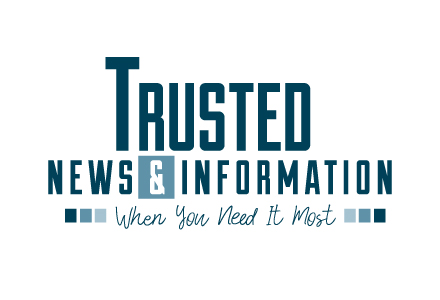
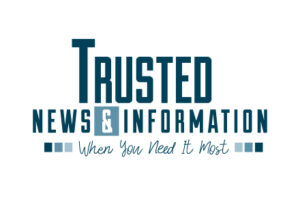 Build trust or lose readers, listeners, and viewers. That’s the challenge facing news organizations these days, says a key speaker for Radically Rural’s Community Journalism Track.
Build trust or lose readers, listeners, and viewers. That’s the challenge facing news organizations these days, says a key speaker for Radically Rural’s Community Journalism Track.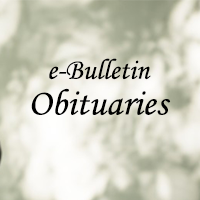
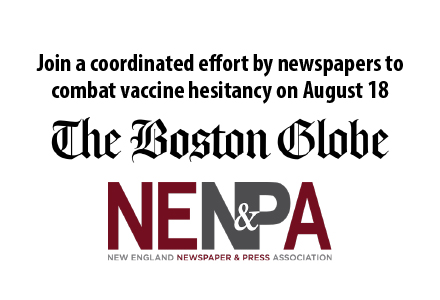



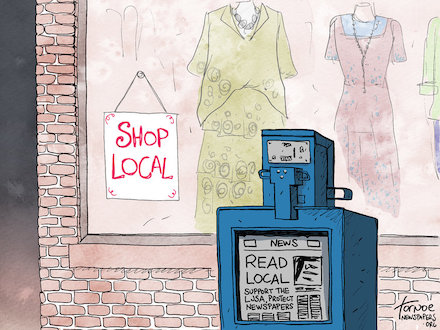
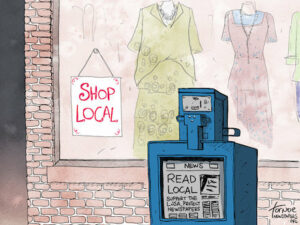 On Thursday, July 22, Senator Maria Cantwell (D-Wash.), Sen. Mark Kelly (D-Ariz.) and Sen. Ron Wyden (D-Ore.) introduced
On Thursday, July 22, Senator Maria Cantwell (D-Wash.), Sen. Mark Kelly (D-Ariz.) and Sen. Ron Wyden (D-Ore.) introduced 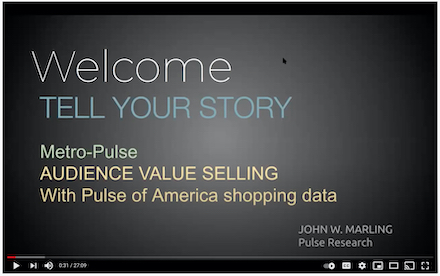
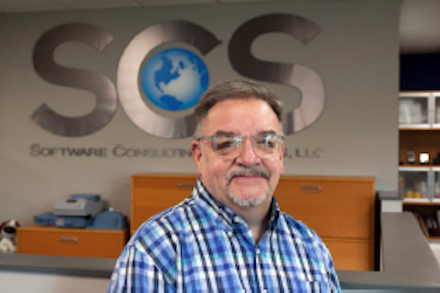

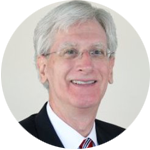
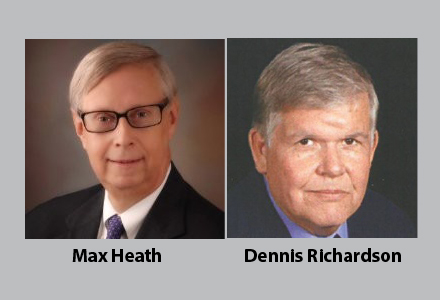
 The death of NNA’s Postal Chair Emeritus Max Heath, Shelbyville, Kentucky, on July 28 set off a period of mourning across the community newspaper industry.
The death of NNA’s Postal Chair Emeritus Max Heath, Shelbyville, Kentucky, on July 28 set off a period of mourning across the community newspaper industry.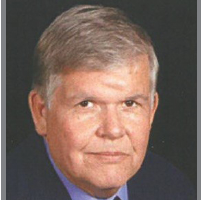 Dennis Richardson, owner of Magic Valley Publishing Co. and beloved husband, father and grandfather, passed away suddenly and peacefully at his Camden, Tennessee, home on Monday, July 26.
Dennis Richardson, owner of Magic Valley Publishing Co. and beloved husband, father and grandfather, passed away suddenly and peacefully at his Camden, Tennessee, home on Monday, July 26.